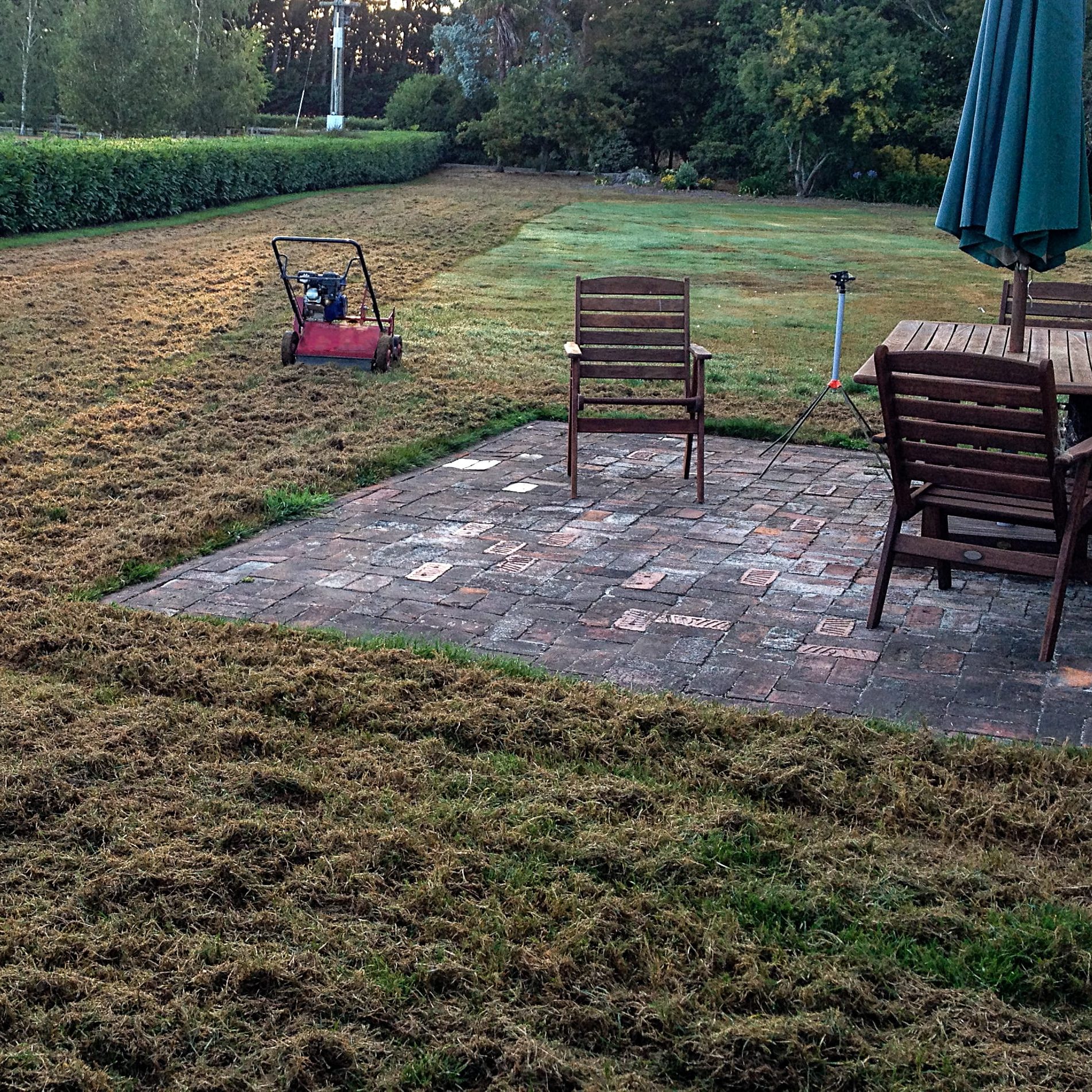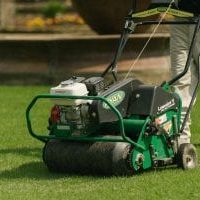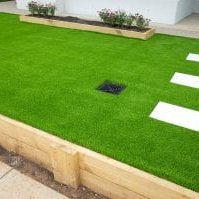Scarification
Scarification is an important part of lawn care because it is the removal of dead and living material between the soil and the base of the grass plant. In most lawns, this builds up, chokes the lawn and reduces the flow of oxygen, water and nutrients to the root zone and this stops the plant being healthy and looking at its best. Over time the lawn will become patchy and thin and will also be more susceptible to drought in the hotter months. By removing thatch lawns quickly begin to recover and the grass becomes more resilient.
Lawns vary enormously in the amount of thatch and dead organic material which builds up over a season or two. It depends on factors such as the types of lawn grasses, the age of the lawn and type of mower used and the average height of cutting.
If you have ever tried to scarify your own lawn you will know that it is hard work and produces unexpectedly large volumes of thatch. We invest in specialist powerful scarifiers to remove this material from your lawn. Even with the right professional machinery, it can take multiple passes to adequately remove the thatch.
GreenHeart scarification service includes the removal of all the green waste generated following this treatment if the customer does not have a composting system. This can be a considerable amount. We have been known to remove 5 dumpy bags from a tiny lawn.
How frequently should I scarify?
It does depend on each lawn but as a general rule at least once every two years. Some lawns will certainly benefit from an annual scarification especially if they have more fescues rather than ryegrasses. Lawns cut with mulching mowers often require more scarification.
When should scarifying be done?
In spring and autumn. Autumn tests to be the most optimum time as the soil is warm and this aids recovery. Don't scarify if the lawn is very dry or wet or frozen




